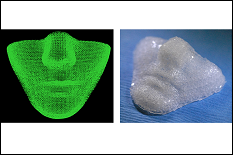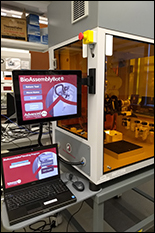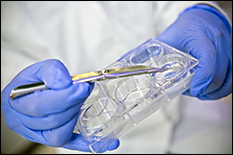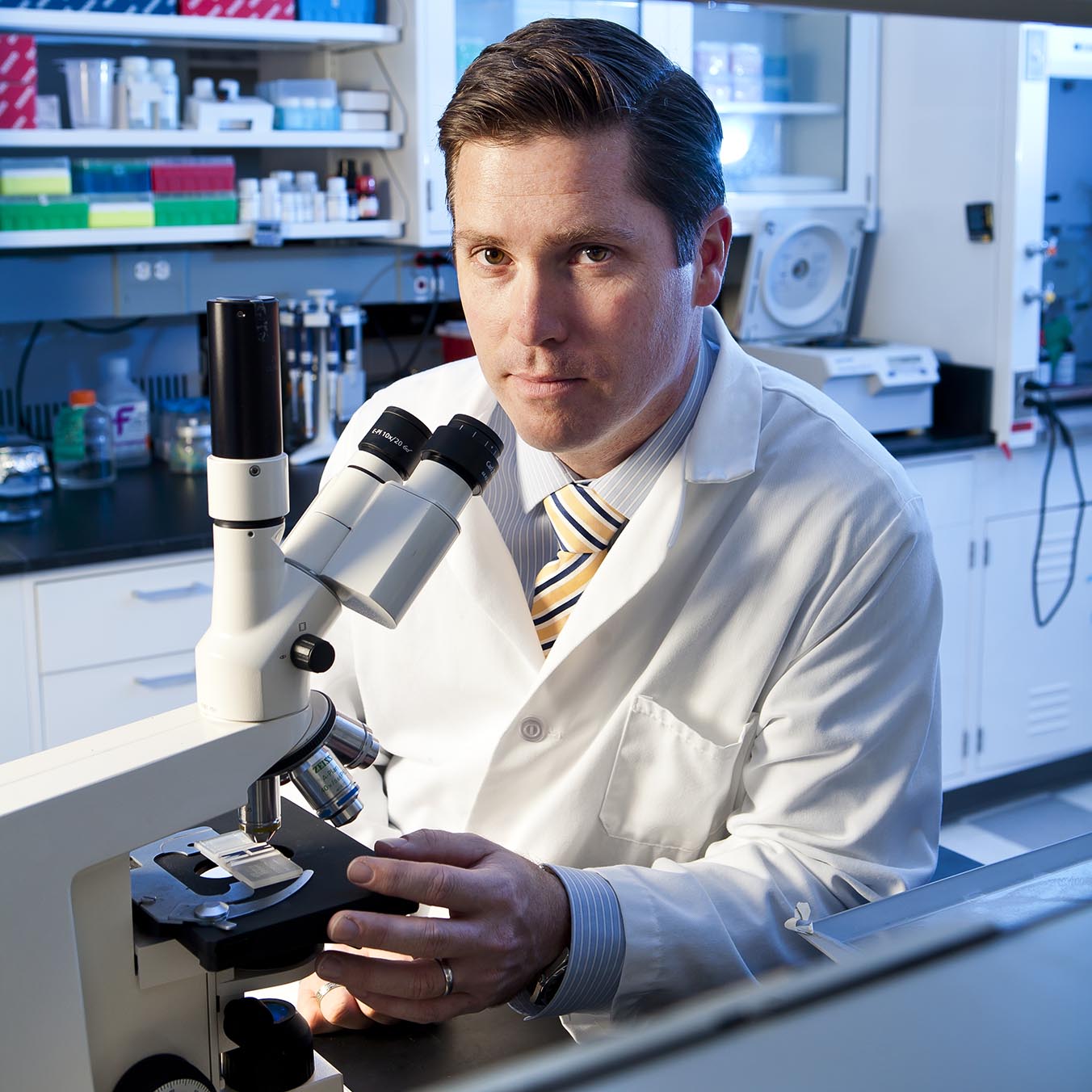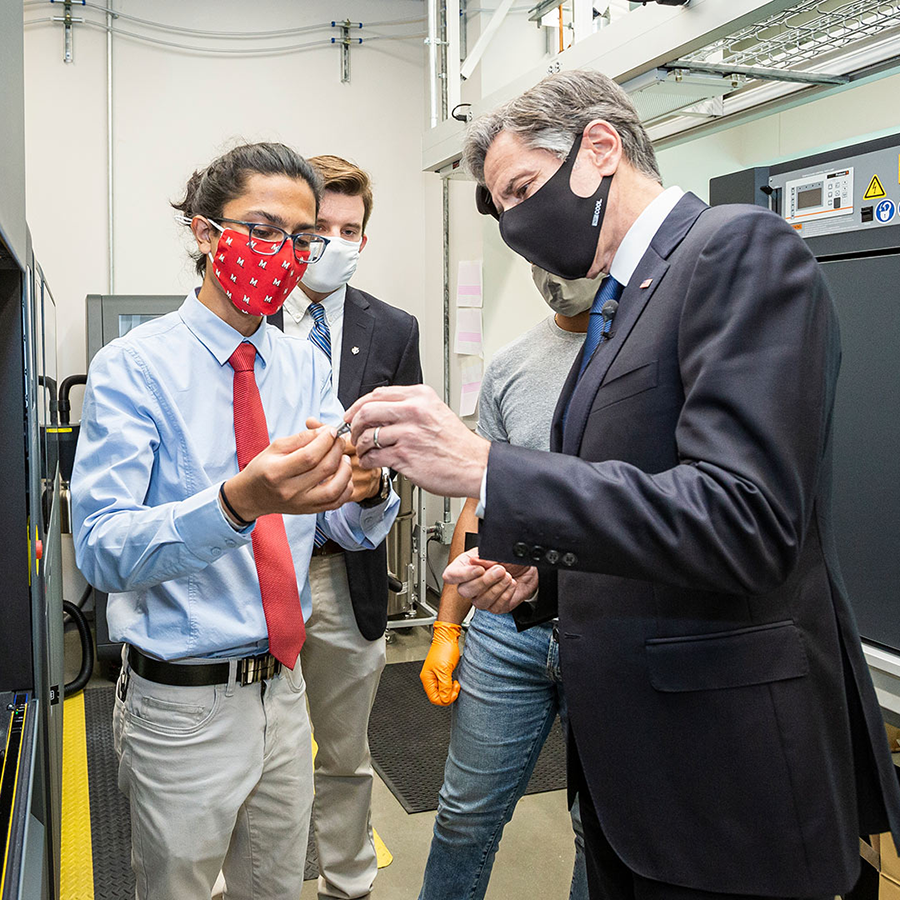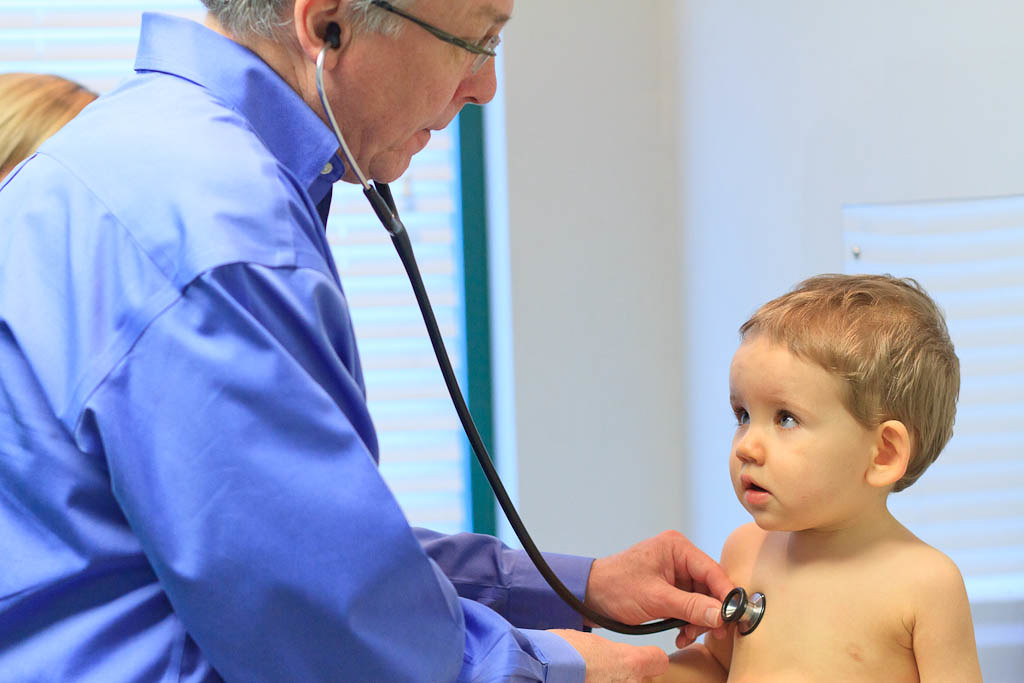News Story
How 3-D Printing Is Changing Health Care
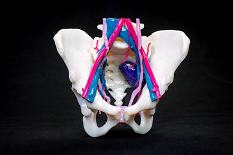
The Mayo Clinic printed a model of a patient’s pelvis to plan surgery to remove a rare tumor that had spread to the base of the spine.
A year ago, an 11-year-old girl named London Secor had surgery at the Mayo Clinic to remove a rare tumor located in her pelvis. In the past, surgeons would have considered amputating one of Ms. Secor’s legs, given that the tumor had spread to the bone and nerves of her sacrum and was encroaching on her hip socket.
That didn’t happen this time, however, due largely to advances in 3-D printing.
Before the surgery, Mayo printed a 3-D model of the girl’s pelvis, scaled to size and showing her bladder, veins, blood vessels, ureters and the tumor. Members of the medical team were able to hold the model in their hands, examine it and plot a surgical approach that would allow them to remove the entire tumor without taking her leg.
“There is nothing like holding a 3-D model to understand a complicated anatomical procedure,” says Peter Rose, the surgeon who performed the operation on Ms. Secor, an avid swimmer and basketball player from Charlotte, N.C. “The model helped us understand the anatomy that was altered by the tumor and helped us orient ourselves for our cuts around it.”
The pelvis model was one of about 500 3-D-printed objects created at the Mayo Clinic last year. It’s part of a web of organizations racing to find ways to use 3-D printing to improve health care.
Some research institutions, including the Mayo Clinic, have set up on-site printing labs in partnership with such makers of 3-D printers as Stratasys , 3D Systems and Formlabs. General Electric Co. and Johnson & Johnson are diving in, too, with GE focused on 3-D printers and translating images from various sources into 3-D objects, and J&J focused on developing a range of materials that can be used as “ink” to print customized objects.
Using data from MRIs, CT scans and ultrasounds, as well as three-dimensional pictures, 3-D printers create objects, layer by layer, using materials ranging from plastics to metal to human tissue. Beyond organ models, the printers are being used in health care to create dental and medical implants, hearing aids, prosthetics, drugs and even human skin.
Research firm Gartner predicts that by 2019, 10% of people in the developed world will be living with 3-D-printed items on or in their bodies, and 3-D printing will be a central tool in more than one-third of surgical procedures involving prosthetics and implanted devices. According to research firm IndustryARC, the overall market for medical 3-D printing is expected to grow to $1.21 billion by 2020 from about $660 million in 2016.
Though the industry is young, Anurag Gupta, a Gartner vice president of research, says 3-D printing in health care “could have the transformative impact of the internet or cloud computing a few years ago.”
The technology of 3-D printing has been around since the 1980s, but recent advances in software and hardware have made it faster, more cost-efficient and of higher quality. Five years ago, the 3-D printers made by Stratasys could print in one or two materials and one or two colors. Now they can print six materials simultaneously and create more than 360,000 combinations of textures and colors to better mimic materials ranging from soft tissue to bone, paving the way for wider adoption.
The rise of customized medicine, in which care and medicine is tailored to individual patients, also has helped fuel growth of 3-D printing in health care, as more patients and doctors seek out customized medical devices, surgical tools and drugs.
One of the areas in which the technology may hold particular promise, experts say, is in the manufacturing of drugs in the dose and shape best suited to certain groups of patients. Aprecia Pharmaceuticals recently launched a 3-D printed epilepsy drug called Spritam, a high-dosage pill that dissolves quickly with a small amount of water and in a shape that is easy to swallow.
Printing whole organs, such as livers and kidneys, remains the Holy Grail, but that is more than a decade away, says Gartner’s Mr. Gupta. Printing smaller pieces of human material, however, has already begun.
Researchers at the University Carlos III of Madrid, along with the Spanish biotech company BioDan, have printed human skin to eventually help burn victims and others suffering from skin injuries and diseases. The process involves a 3-D printer that deposits bioinks containing cells from an individual as well as other biological molecules to create a patch of skin. Like the real thing, this printed skin consists of an external layer, the epidermis, and the thicker, deeper layer, the dermis.
Organovo Holdings Inc. of San Diego prints pieces of liver and kidney tissue to test new therapies and the toxicology of early-stage drugs. Johnson & Johnson is working with Aspect Biosystems Ltd. to develop bioprinted knee meniscus tissue. And 3D Systems is developing 3-D-printed lung tissue with United Therapeutics Corp.
While entry-level 3-D printers used by hobbyists can cost a few hundred dollars, industrial 3-D printers used by hospitals can range from $10,000 to $400,000 for those that print plastics and polymers.
Another hurdle for hospitals is the “hidden cost” of operating 3-D printers, says Jimmie Beacham who leads GE Healthcare’s 3-D printing strategy. Engineers are required to transform dense digital images from MRI, CT and ultrasound scans into information that can be printed into a 3-D model. What’s more, printing a 3-D object doesn’t yet happen with the click of a button. It took 60 hours for Mayo Clinic to print Ms. Secor’s pelvis and tumor, for example.
Still, 3-D printing can lead to cost savings in other areas, say experts such as Jonathan Morris, a Mayo radiologist. Allowing surgeons to practice on 3-D models of a specific patient’s organs before surgery can significantly reduce time in the operating room. Printing implants and prosthetics on demand and on location means fewer middlemen in the supply chain and less waste. And given the better fit of customized implants from 3-D printers, patients may not have to replace them as often.
The Mayo Clinic and a half dozen other cutting-edge research hospitals have blazed the path in terms of creating 3-D printing labs on site. Now some larger city network hospitals are beginning to purchase their own 3-D printers, while smaller hospitals and doctors can order 3-D models for complicated surgeries on a case-by-case basis from 3-D printing companies.
This article was written by By Aili McConnon for the Wall Street Journal.
Read more at: https://www.wsj.com/articles/how-3-d-printing-is-changing-health-care-1505268301
Published September 12, 2017

